Test Bank for Medical Law and Ethics 5th Edition by Fremgen
Chapter 6 Professional Liability and Medical Malpractice
1) Failure to perform an action that a reasonable person would have performed in a similar situation is
- A) an assumption of risk.
- B) negligence.
- C) respondeat superior.
- D) malfeasance.
Answer: B
2) Performing a wrong and illegal act is considered
- A) misfeasance.
- B) nonfeasance.
- C) malfeasance.
- D) feasance.
Answer: C
3) Professional misconduct or demonstration of an unreasonable lack of skill with the result of injury, loss, or damage to the patient is
- A) nonfeasance.
- B) feasance.
- C) malpractice.
- D) misfeasance.
Answer: C
4) Negligence is composed of four elements
- A) malpractice, misfeasance, nonfeasance, and malfeasance.
- B) duty, dereliction of duty, direct or proximate cause, and damages.
- C) malpractice, misfeasance, dereliction of duty, and damages.
- D) duty, dereliction of duty, nonfeasance, and malfeasance.
Answer: B
5) The reasonable person standard refers to the
- A) dereliction of duty.
- B) damages.
- C) duty of due care.
- D) proximate cause.
Answer: C
6) The standard of care for physicians and other healthcare professionals is determined by
- A) the AMA.
- B) the local hospital.
- C) a board of physicians appointed by the local chapter of the AMA who practice in the same medical specialty.
- D) what members of the same profession would do in a similar situation within the same geographic area.
Answer: D
7) To prove dereliction of duty, a patient would have to prove the physician
- A) did not carry malpractice insurance.
- B) did not conform to the acceptable standard of care.
- C) took additional risks in performing the treatment.
- D) none of the above.
Answer: B
8) The thing speaks for itself applies to the law of negligence and is the doctrine of
- A) res ipsa loquitur.
- B) respondeat superior.
- C) preponderance of evidence.
- D) compensatory damages.
Answer: A
9) Monetary awards by a court to a person who has been harmed in an especially malicious or willful way are
- A) compensatory damages.
- B) nominal damages.
- C) punitive damages.
- D) wrongful damages.
Answer: C
10) To win a wrongful death case, the plaintiff must prove
- A) proximate cause of death.
- B) malpractice.
- C) nominal damages.
- D) negligence.
Answer: D
11) The most common defense provided by the defendant in a medical malpractice case is called
- A) affirmative defense.
- B) denial defense.
- C) assumption of risk.
- D) borrowed servant.
Answer: B
12) Assumption of risk is the legal defense
- A) used by the defendant in a case to prove innocence from injury.
- B) that prevents the plaintiff from recovering damages if he or she accepts a risk associated with the activity.
- C) that determines that the patient was fully or partly at fault for the injury, and no damages may be recovered.
- D) that bases the recovery of damages by the plaintiff on the amount of fault of the defendant.
Answer: B
13) When an employer lends an employee to someone else, this is called
- A) comparative negligence.
- B) respondeat superior.
- C) the borrowed servant doctrine.
- D) fraud.
Answer: C
14) The statute of limitations for a case begins to run
- A) when the injury occurs.
- B) 2 years after the injury.
- C) when the plaintiff sues the defendant.
- D) when the injury is discovered.
Answer: D
15) Deliberate concealment of the facts from a patient is
- A) comparative negligence.
- B) fraud.
- C) liability.
- D) contributory negligence.
Answer: B

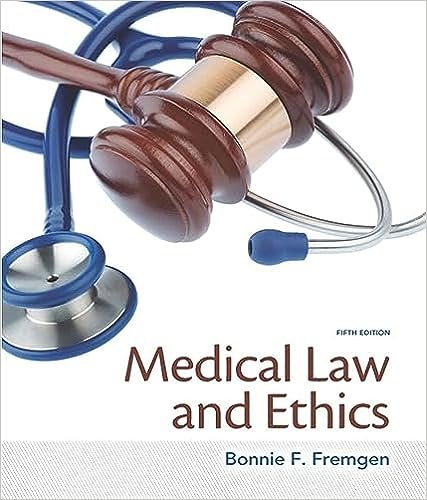

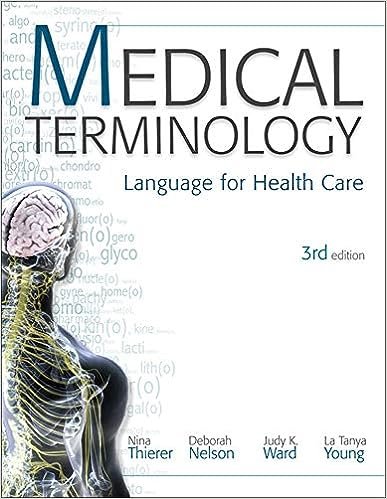
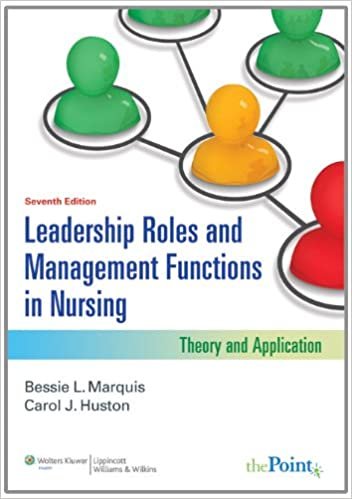

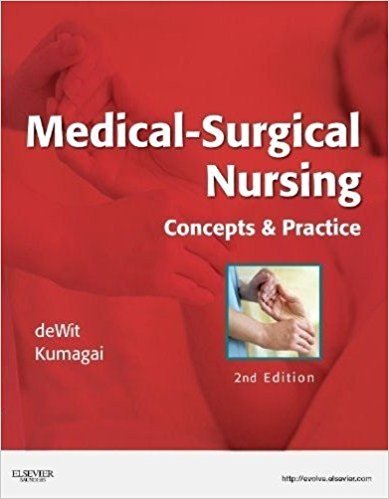
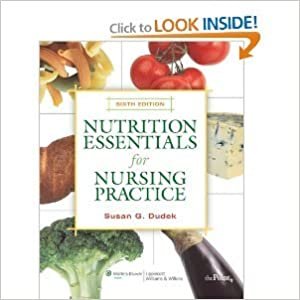
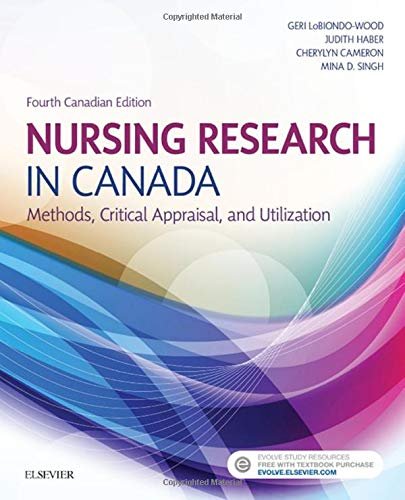
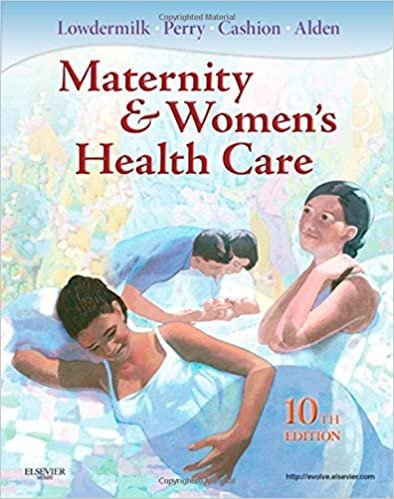
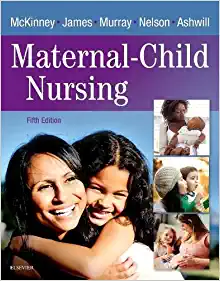
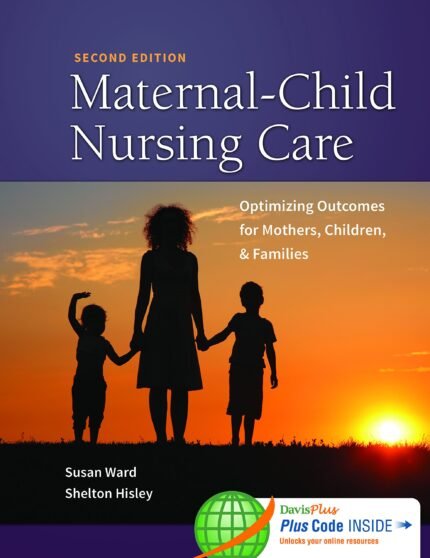
Reviews
There are no reviews yet.